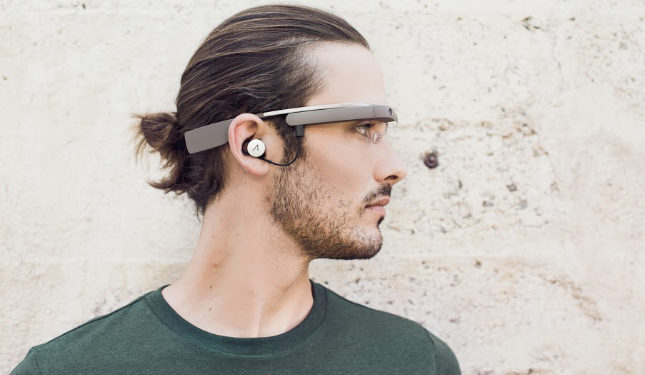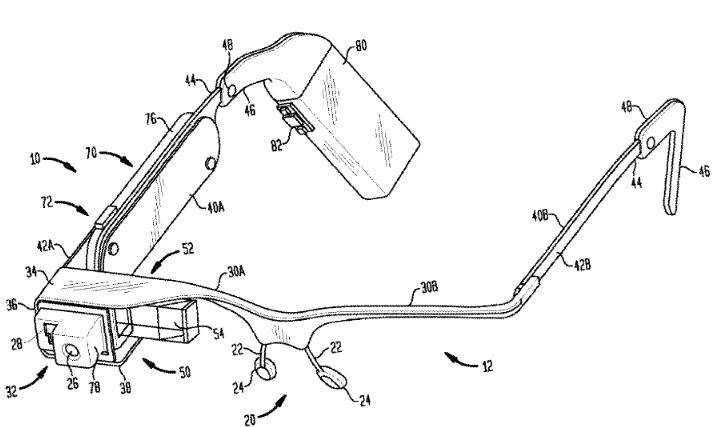Affiliate links on Android Authority may earn us a commission. Learn more.
New research finds that Google Glass is not safe when driving. Duh

The University of Central Florida’s recent study confirms what should be common sense knowledge: head mounted augmented reality devices are not to be worn while driving.

I think it’s safe to say that devices like the Google Glass – while largely hands-free – don’t go well with driving. Although in most states here in the US, distracted driving is banned, and there has been a case where a woman driving with the Google Glass was fined by the police (later to be dismissed), these statutes are not particularly enforceable in real life when it comes to futuristic devices like the Glass. There’s simply no way of proving that the device was on. That said, however, it should be common sense that if you drive with an augmented reality headset on, it’ll inevitably slow down your response time, and even Google warns of the potential dangers of wearing the augmented reality glasses when driving.
These statutes are not particularly enforceable in real life when it comes to futuristic devices like the Glass. There's simply no way of proving that the device was on.
Well, now there is even more of a reason to avoid wearing head mounted augmented reality devices while driving. According to Mark Neider, Associate Professor at University of Central Florida, technologies like the Google Glass induce a delay in people’s ability to complete a task, which could mean a serious accident on the road.
What our data suggests is secondary information presented on a heads-up display is likely to interfere, and if that happens while driving, it may be distracting and dangerous.
Neider had 363 students complete a task on a computer, some wearing the Google Glass and others not. Of the control group wearing the device, some were told to ignore the information that pops up on the Google Glass screen, and some were told to try to retain that information. Based on the time it took for these three groups of students to complete the given task, Neider concluded that wearing devices like the Google Glass delays the visual-processing capabilities in people’s brains.
Indeed, both groups that wore the Glass took longer to complete their task than the students in the group sans an augmented reality device in front of their eyes. Although the delay isn’t detrimental under the circumstances of the study, even few seconds could mean the difference between life and death when driving.
Of course, augmented reality devices aren’t exactly widespread yet, but with automotive makers exploring options to display more and more information on a wide screen or even on the windscreen of the vehicle, the question of safety on the road must also be addressed.